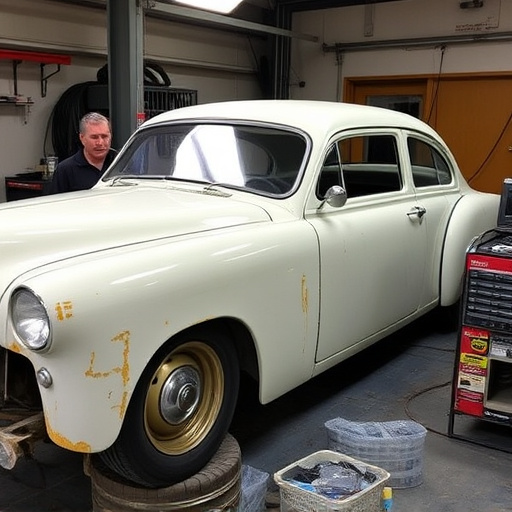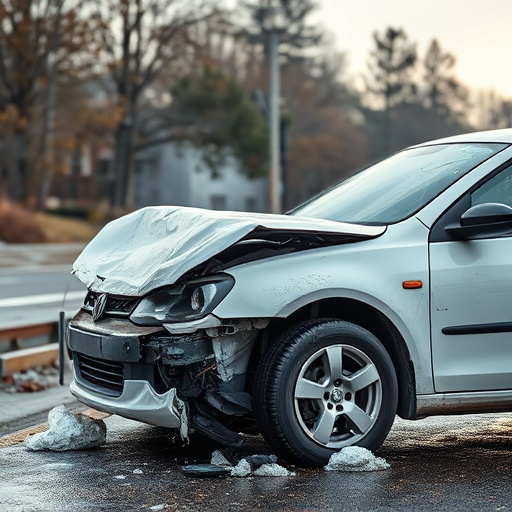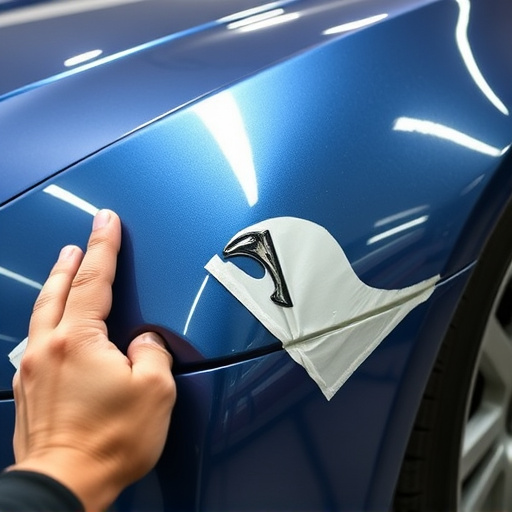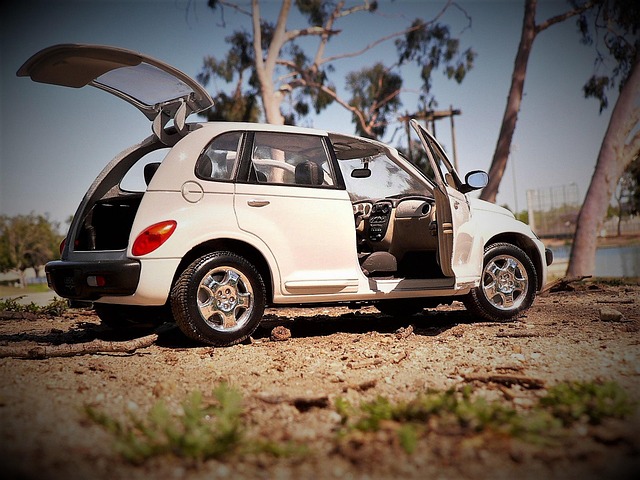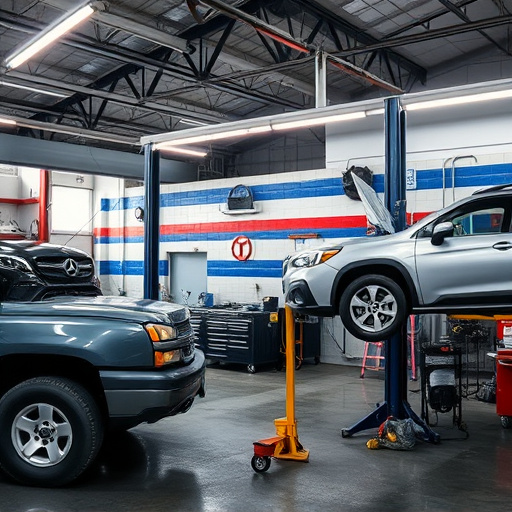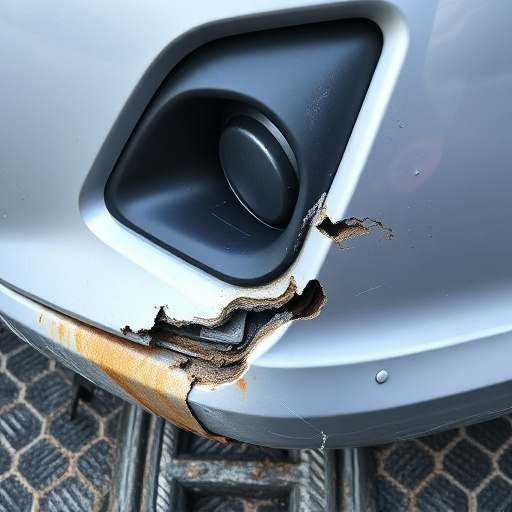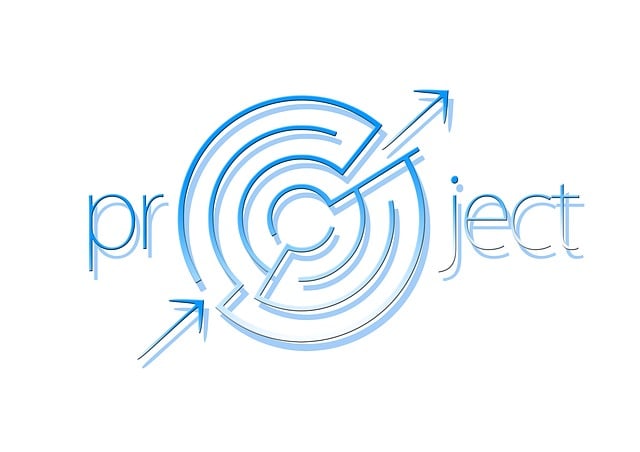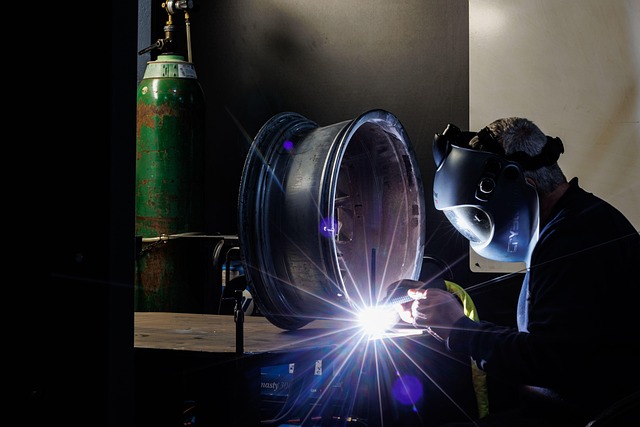Mercedes vehicles rely on advanced sensor systems for post-collision safety. These sensors detect damage, assess impact severity, and guide safety feature decisions. Accurate sensor adjustment after collisions is crucial for frame correction, proper alignment, and optimal ADAS functionality, ensuring automatic emergency braking, lane-keeping, and stability control perform at their best to protect occupants and other road users. Regular adjustments, especially post-damage incidents, are essential for peak system performance and safety responses.
Mercedes vehicles are equipped with advanced sensors that play a critical role in post-collision safety systems. Understanding how these sensors function is crucial for ensuring optimal performance after accidents. This article delves into the intricate world of Mercedes sensor adjustment, exploring its significance in enhancing safety protocols and practical implications for maintaining effective sensor performance following collisions. By focusing on Mercedes sensor adjustment, we uncover essential steps to safeguard drivers and passengers alike.
- Understanding Mercedes Sensor Functionality Post-Collision
- The Role of Sensor Adjustment in Enhancing Safety Protocols
- Practical Implications: Ensuring Optimal Sensor Performance After Accidents
Understanding Mercedes Sensor Functionality Post-Collision

In the aftermath of a collision, Mercedes vehicles rely heavily on their sophisticated sensor systems to ensure post-collision safety. These sensors play a crucial role in detecting and assessing damage, triggering necessary responses, and facilitating efficient vehicle repairs. Understanding how these sensors function is essential for maintaining optimal safety standards.
Mercedes sensors are designed to go beyond basic collision detection; they can identify the severity of impact, locate specific points of contact, and even analyze vehicle dynamics during the incident. This data enables accurate assessments, supporting decisions regarding deployment of safety features like airbags and crumple zones. Furthermore, precise sensor adjustments after a collision are vital for frame straightening and ensuring proper alignment, crucial steps in the vehicle repair process that include meticulous auto painting to match the vehicle’s original finish.
The Role of Sensor Adjustment in Enhancing Safety Protocols

Mercedes sensor adjustment plays a pivotal role in enhancing safety protocols post-collision. These sensors are crucial components of modern vehicles’ advanced driver-assistance systems (ADAS), which include features like automatic emergency braking, lane-keeping assist, and adaptive cruise control. Proper sensor adjustment ensures that these safety systems function optimally, detecting and responding to potential hazards more effectively.
In the event of an automotive collision or even a minor scratch repair, it’s essential to calibrate sensors accurately. Automotive collision repair and car restoration processes can sometimes disrupt sensor alignment, affecting their performance. Therefore, during post-collision vehicle checks, professionals perform meticulous Mercedes sensor adjustment to restore the safety systems’ reliability. This step is vital for ensuring not just the integrity of the vehicle but also the safety of its occupants and other road users.
Practical Implications: Ensuring Optimal Sensor Performance After Accidents
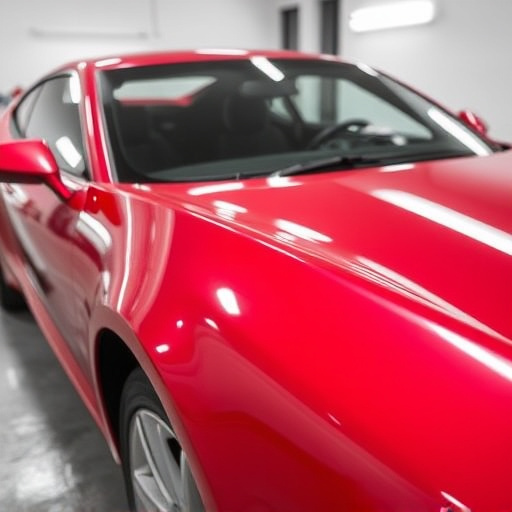
After a collision, Mercedes sensors play a crucial role in ensuring post-accident safety features function optimally. The impact of a crash can disrupt sensor calibration and performance, which could compromise critical systems like automatic braking or stability control. This is where proper Mercedes sensor adjustment becomes essential.
A vehicle body shop or auto glass repair specialist equipped with specialized diagnostic tools can accurately assess and adjust these sensors. They can recalibrate the system to ensure accurate readings, thereby enhancing overall safety. Regular sensor adjustments, especially after any incident that may have caused damage, contribute to maintaining peak performance. This guarantees that should another collision occur, the vehicle’s safety systems will respond swiftly and effectively.
Mercedes sensor adjustment plays a pivotal role in post-collision vehicle safety, ensuring optimal performance and enhancing accident response. By understanding the functionality of these sensors and regularly calibrating them, we can significantly improve safety protocols. It’s crucial to address sensor adjustments promptly after accidents, as this simple step can have indelible effects on future safety outcomes.


